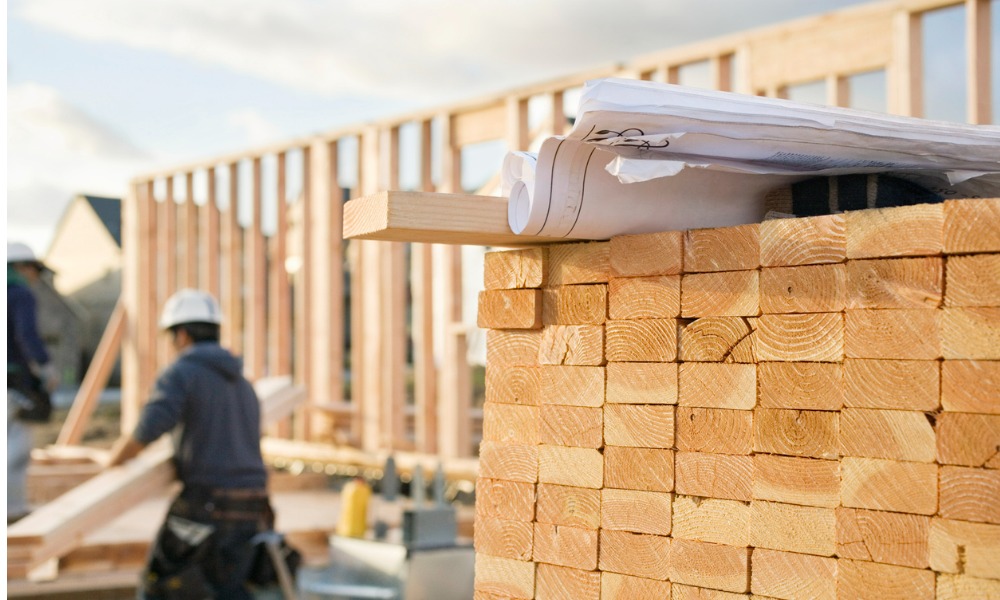Committee members warned of further gentrification in American cities if investors are allowed to continue unfettered: “The growing concentration of investor-owned real estate doesn’t just affect buyers. It means more corporate landlords, who are more likely to pursue evictions, impose high fees on renters, and fail to perform adequate maintenance. We will hear testimony today that in some areas, they evict one in five of their tenants, often Black tenants, which in turn is leading to gentrification.”
In the way of tools, as Konter suggested, the committee outlined a few. “Building a fairer, more prosperous nation includes meaningful access to quality, affordable housing,” the committee’s statement reads. “We have the tools to address these needs and turn the tide. Last year, this committee put forward proposals that would cumulatively create nearly one million additional affordable homes,” the statement reads. Among those tools:
- The Low-Income Housing Tax Credit is the single largest federal investment in the supply of affordable housing. This Committee proposed an expansion of this program to increase the availability of housing credits and enable the program to do more for those most vulnerable.
- The Neighborhood Home Investment Act would help people afford homes in low- and middle-income communities and revitalize communities suffering from disinvestment.
In conclusion, the committee offered a glimmer of hope in that both of the programs enjoy bipartisan support. With hope, members agreed, both will be passed into law toward solving the housing affordability crisis.
The National Association of Home Builders is a Washington-based trade association representing more than 140,000 members involved in home building, remodeling, multifamily construction, property management, subcontracting, design, housing finance, building product manufacturing and other aspects of residential and light commercial construction, according to its literature. NAHB is affiliated with 700 state and local home builders associations around the country, the groups says, and its builder members will construct about 80% of the new housing units projected for this year.
